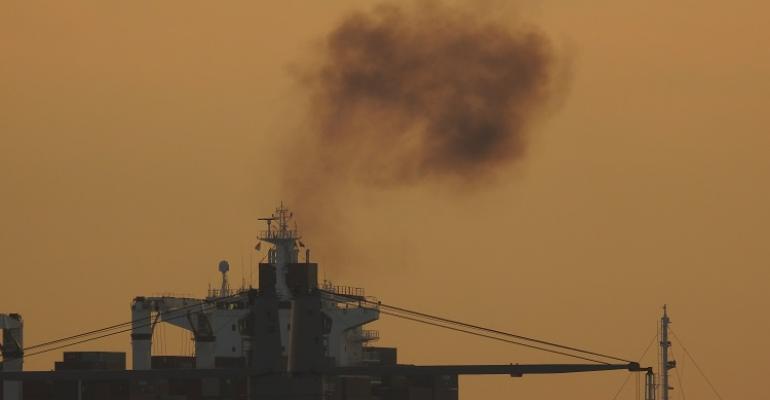The Energy Efficiency Existing Ship Index (EEXI) is a key part of the IMO’s short term measures to reduce CO2 emissions from shipping.
While the IMO’s short term measures have been criticised for not going far enough according to SSY’s half year report much of the existing bulker and tanker fleet will fail to meet the levels required without taking further measures to reduce emissions . “SSY EEXI/EEDI estimates suggest that less than 25% of Bulkers and Tankers will attain compliance leaving most of the fleet facing either EPLs (engine power limitations) or another form of CO2 abatement,” the report said.
While there are a range of options available for non-compliant vessels to reduce EEXI including use of alternative carbon-based fuels, hull coatings, wind power, and waste heat recovery to name but a few, speed reductions are seen as a highly efficient way of reducing emissions.
While alternative carbon-based fuels such as LNG have attracted significant attention, particularly in container shipping, SSY sees the penetration of such fuels as relatively low in the tanker and bulker segments.
“There has been some interest in transitionary fuels, such as LNG and Methanol, as a means of reducing CO2 while very low or zero carbon fuel technologies were developed. However, a combination of relatively low new building activity and the plus 20-year lifespan of most vessels, has seen an increasing focus on the outright adoption of very low or zero carbon fuels, such as green ammonia and hydrogen,” the report said.
However, use of EPLs to meet EEXI will reduce the flexibility to speed up when it is required, for example to meet a laycan, tidal change or to eligible for time charter. “It is this option to speed up that the EEXI limits,” SSY said.
With operational speeds are frequently under 50% MCR (maximum continuous rating) this means the practical operational effect of EPL will be more limited
Copyright © 2024. All rights reserved. Seatrade, a trading name of Informa Markets (UK) Limited.
Add Seatrade Maritime News to your Google News feed.  |

